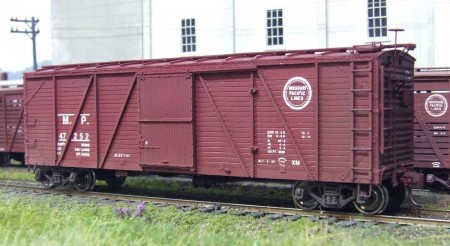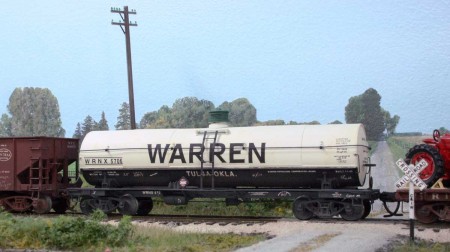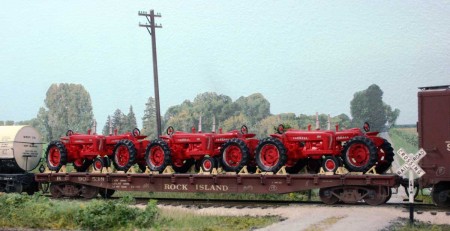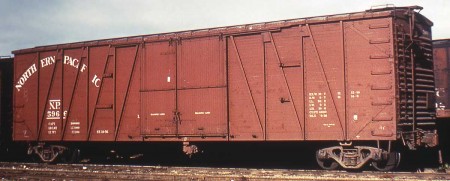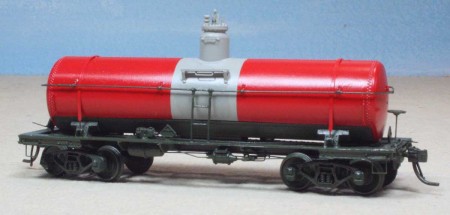Charlie Duckworth joins the blog with his build summary of a classic Sunshine Models resin box car kit. Click on any image to review a larger size. Here’s Charlie’s report.
History
The Missouri Pacific and its subsidiaries purchased or built some 4,439 Howe Truss boxcars. The cars had a capacity of 2,926 cubic feet and used a Murphy radial roof. All of the 2,750 MP 46000-48749 series and the first batch of 1,569 cars for the International-Great Northern 6201-6950 were built with indented Murphy ends. These cars were built in 1926 by ACF with a few coming from Standard Steel Car Company. The I-GN 9401-9900 group was built by ACF in 1927 and used the indented Dreadnaught ends. The final 100 cars used Creco door hardware, whereas, the rest of the fleet used Camel hardware. Prototype painting was initially boxcar red with black underframe and trucks with the car body shade being modified over time to a medium brown. Stenciling was white.
Continue reading Missouri Pacific/International-Great Northern Howe Truss Boxcar
